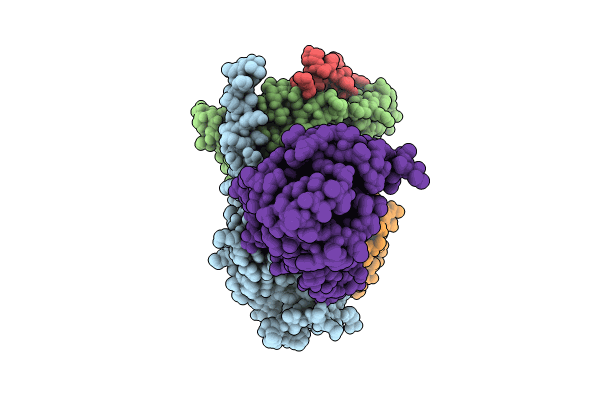
Deposition Date
2024-06-05
Release Date
2024-07-24
Last Version Date
2025-07-23
Entry Detail
PDB ID:
8ZSP
Keywords:
Title:
Cryo-EM structure of the LSD-bound hTAAR1-Gs complex
Biological Source:
Source Organism:
Homo sapiens (Taxon ID: 9606)
Lama glama (Taxon ID: 9844)
Escherichia coli (Taxon ID: 562)
Lama glama (Taxon ID: 9844)
Escherichia coli (Taxon ID: 562)
Host Organism:
Method Details:
Experimental Method:
Resolution:
3.14 Å
Aggregation State:
PARTICLE
Reconstruction Method:
SINGLE PARTICLE


